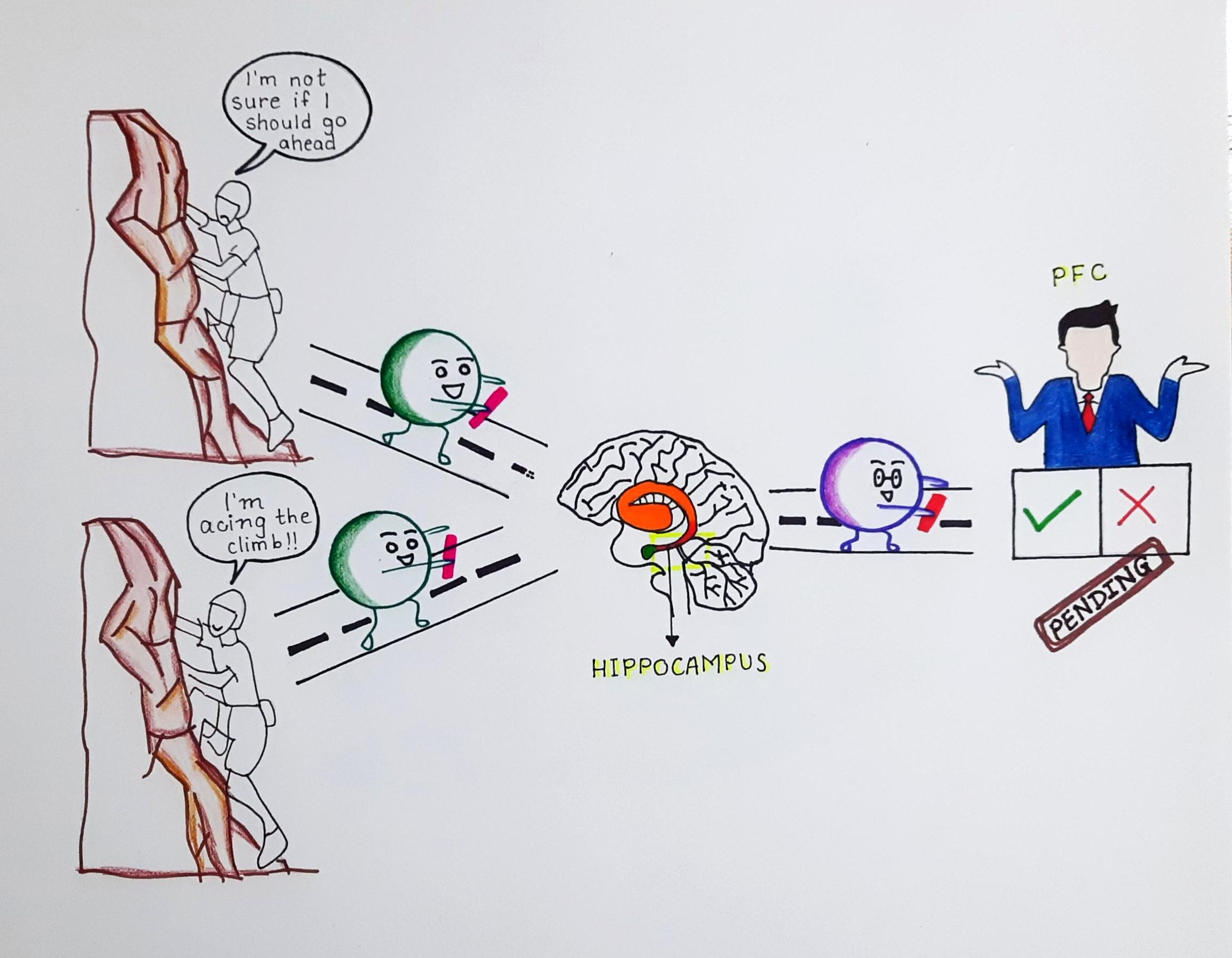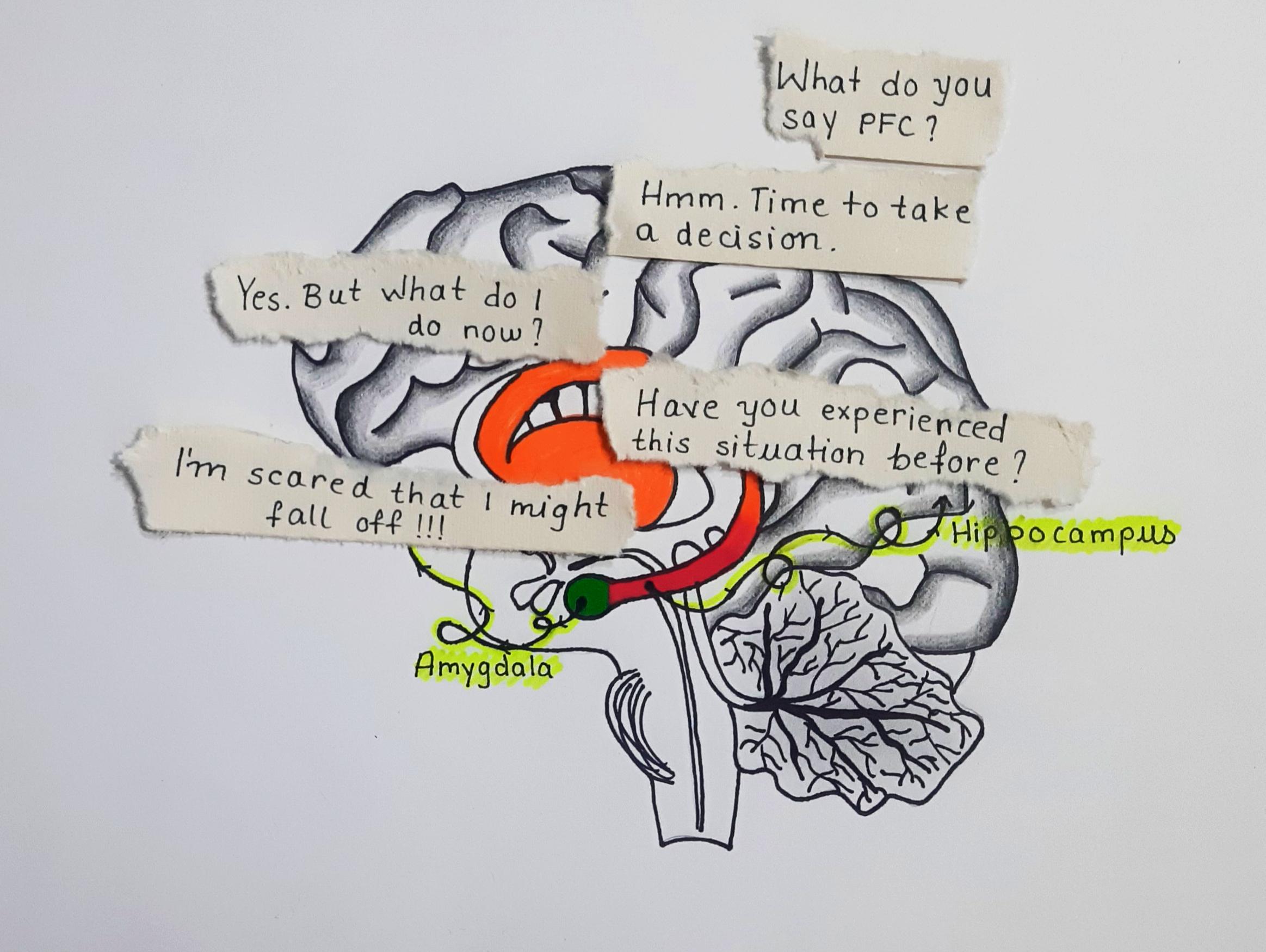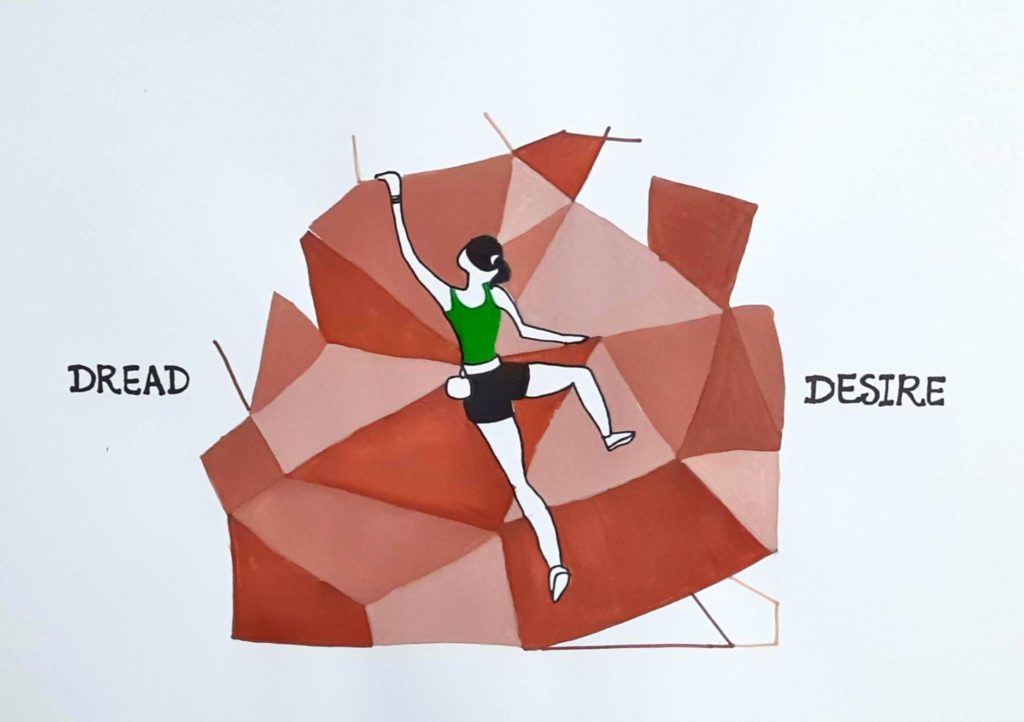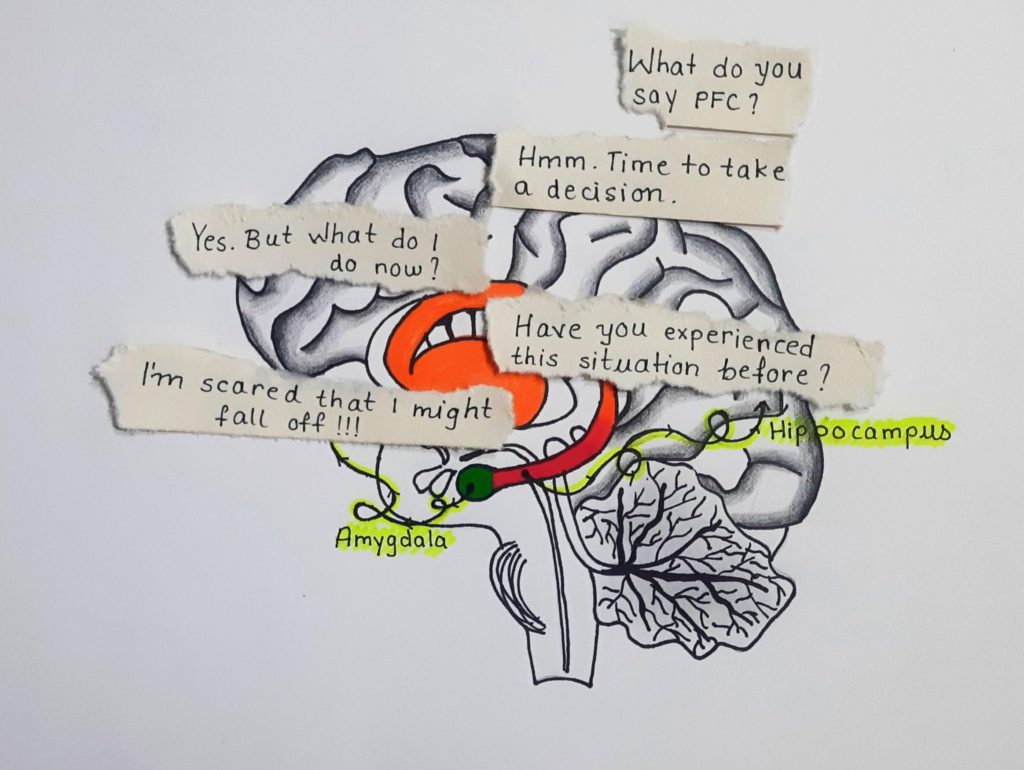Small spaces and damp places usually top the ‘Get me out of here!’ list. Now, imagine a blue sky, clean air and a huge mountain. Although a pretty heavenly situation for most, it can be a tough one for many adrenaline junkies. Rock climbers are well established, globally popular adrenaline enthusiasts who habitually find themselves in such a grand state of affairs involving dangling on overhangs, serpentine smearing and legendary lay-backs.
Now, close your eyes and imagine climbing the almighty Yosemite Valley’s El Capitan. Well, it is a far-fetched idea and truly demands you to expand and stretch your imagination, but let’s just try and channel our inner Dali here. A step to the right might result in an accident with irreversible damages and a well planned diagonal half-split to the left with flawless execution will bring you a foot closer to reaching the pinnacle, otherwise, the loose rock under your left foot will send you packing to death. Even though the decision seems to be the easiest pick you have ever taken, it will settle heavily in your mind when you realise it’s a twisted life-death situation.
One single wrong decision, and you’ll be plummeting down the steep surface in all your glory. So why risk all of this? Because when you do make that move and hoist yourself up, slowly make your way up towards the pinnacle, and finally conquer it, it’s the feeling of ultimate accomplishment that makes it worthwhile. And for the love of adrenaline, that feeling is too darn rewarding to give up.
But that’s not the only aspect of the sport that is rewarding. It also teaches us that embracing failure is just as important as embracing rocks while climbing (You really have to cling to them for dear life at times). It is also a sport that requires your utmost attention and focus and teaches you to approach a problem from different paths to see which is the best fit for you. It’s also a sport that never becomes redundant – it always has something new to offer. But, being amateur climbers ourselves, if we were to vouch for one feat that rock climbing has helped us achieve, that probably no one could, was how to successfully tackle all the curve balls thrown at us.
As conscientious students of science, our love to dissect every possible event made us wonder how well our brain complies with these mixed bags of emotions. When we delved deeper into how it all works, we finally churned out our version of ‘How Do They Do It?’.
Small brain, Hippo decisions
The Hippocampus, deeply nestled into the temporal lobe; and the Prefrontal Cortex (PFC), a section of the frontal cortex, are the heroes of our critical decision making saga. They have to work in tandem to successfully assemble a favourable outcome.
Let’s go back to the previous picture that we had painted where you were a climber stuck in a deadly position. Now, how do you know your brain is going to understand the predicament that you find yourself in? How does it know that you need to execute a diagonal half-split to your left? If we were to break down this process for better understanding, this is how it traverses —- the fact that you can see you are in a difficult position and the loose rock underneath your left foot are potent sensory inputs that fire off an initial stimulus which excites a couple of hippocampal neurons in your neural system. If this was the first step that triggers a chain reaction, it starts getting more complex from the second step. The PFC needs extra bits of information apart from the sensory stimulus conveyed by the hippocampus. This secondary stimulus is an intangible memory input that you might/might not have of the situation that you are sent in. More than often, your body has been through experiences similar to the circumstances that you are in. Now, this stimulus works in a way very similar to how our muscle memory works. It reminds the brain of your previous experiences and helps it use that knowledge to make a better decision. These two stimuli are enough to produce the initial information needed by the two entry stimulus sets in the hippocampus. Further, this initial information is dispatched to the PFC. Here, the PFC works like an internal examiner conducting your viva and retrieves additional information required to help you pass the exam with flying colours. Finally, the PFC decides the plan of action. And that is exactly how you will execute a diagonal half-split to your left.

Mind you, this relaying of stimulus and information is a pretty tedious process. The hippocampus and the PFC have to mutually communicate and carve out a solution effectively. It is absolutely wonderful how this entire task is done in a couple of seconds!
Forget Atlas, rely on Amygdala
For the brain to know what to do, it needs to know why it needs to do it. For all we know, you will not simply go buy bread for your dad if he is not making a sandwich out of it!
The Amygdala, a quaint little place located right in the middle of the brain, helps your brain figure out the reason for its subsequent actions. It is a unifying centre that allows multiple stimuli to enter and converts them into emotions when they leave. Frankly, it helps you to remember what you fear and why you should fear it. At the end of the day, fear is our enemy and overcoming it is our challenge.

Emotions influence our decisions heavily. Stuck on the rock face with absolutely no assurance is a dark thought that will send anyone spiralling down. Although, this realisation of fear is what will ultimately save the climber from falling down and taking a right step ahead. Fear is a perfectly adequate reason for the brain to make a choice. The amygdala helps the brain find this reason.

Rock climbing is not just a sport that teaches you how to discover and exploit your untapped potential, but also makes learning neuroscience a bit more fun, does it not?
The finest moments in rock climbing are the times when you realise the gravity of the combined effect of the height, position and nature of the rock that you have decided to tackle, and you somehow still manage to control the state of awe you have been so suddenly pushed into. It’s astonishing how easily the brain walks you through this sweet spot of dread and desire. Every move that we make, every breath that we take, every little thing that we surround ourselves with is a decision taken by our brain. And it is absolutely wonderful to get to know more about that little walnut in our body!
References:
- https://www.ncbi.nlm.nih.gov/pmc/articles/PMC7149951/#:~:text=The%20Prefrontal%20Cortex%20(PFC)%20and,human%20brain%20for%20decision%20making.
- https://medium.com/know-your-body/how-to-be-alex-honnold-life-without-your-amygdala-aaff92a02ebc
- https://nautil.us/issue/46/balance/this-is-my-brain-on-rock-climbing
- https://www.climbingpsychology.com/offer
- https://news.yale.edu/2019/06/25/how-brain-helps-us-make-good-decisions-and-bad-ones
Writers

Urja Kuber
Co-Founder & Director of Website Development and Logistics

Bhargavi Nerikar
Bhargavi is an enthusiastic Earth Sciences student pursuing her Bachelor’s at Fergusson College. She is an explorer at heart and she wishes to unearth the many mysteries our planet hosts. She is also keen on broadening the horizons of the way science is being communicated.
Illustrator

Shruti Morjaria
Shruti Morjaria is a self-learnt science artist and just another papercut survivor! She is completing her degree in cell and molecular biology. While she juggles between work and life, creativity keeps her sane. She says, “All you gotta do is be a passionate scribbler and see how creativity overflows!”

